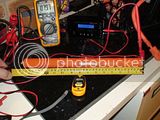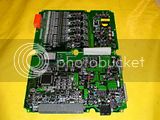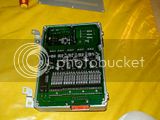Well it looks like a newer battery but the part number doesn't cross over in my system. Where did you get this from? Japan?
The new prius uses the same type of cells but are smaller from what I have read. The HV pack is part# G9510-47060. Should still contain 28 cells.
The new prius uses the same type of cells but are smaller from what I have read. The HV pack is part# G9510-47060. Should still contain 28 cells.

















